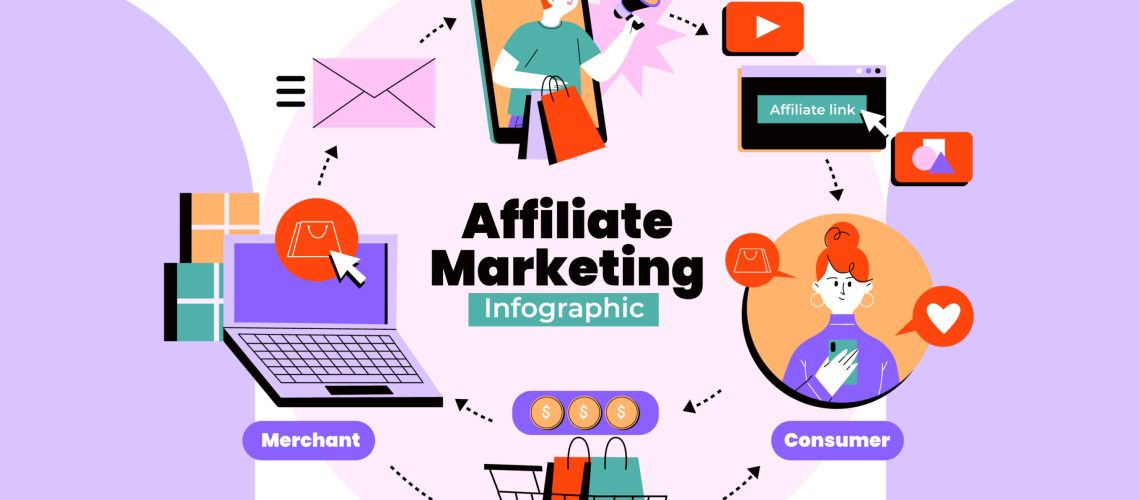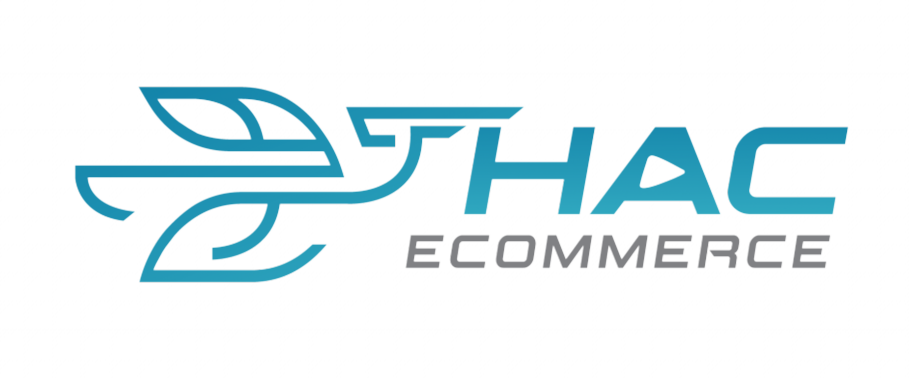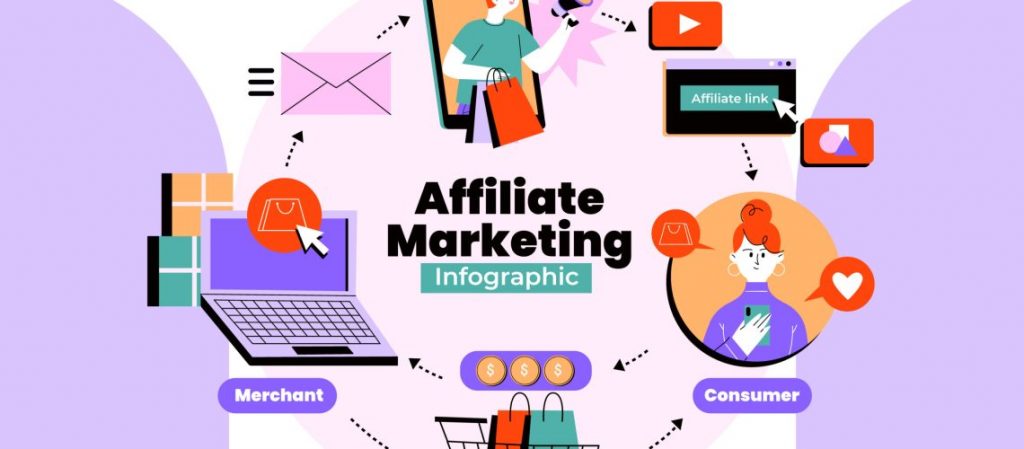Affiliate marketing is one of the most effective ways to generate passive income online. It is a performance-based business model where individuals earn commissions by promoting products or services from other companies. With minimal startup costs and unlimited earning potential, affiliate marketing has become a popular income stream for bloggers, influencers, and entrepreneurs.
In this guide, we will explore affiliate marketing, how it works, its benefits, and how you can get started today. We will also discuss common mistakes to avoid and strategies to maximize your earnings.

1. Understanding Affiliate Marketing
Affiliate marketing is a process where an affiliate earns a commission for marketing another person’s or company’s products. The affiliate finds a product they enjoy, promotes it to their audience, and earns a share of the profit for each sale made through their unique affiliate link.
How Affiliate Marketing Works
Affiliate marketing operates through a simple structure:
- Join an Affiliate Program – Sign up for an affiliate program or network such as Amazon Associates, CJ Affiliate, or ShareASale.
- Get a Unique Affiliate Link – Each affiliate is given a unique tracking URL to share.
- Promote Products or Services – Share your affiliate links through blogs, social media, email marketing, or YouTube videos.
- Earn Commissions – When a user clicks on your link and makes a purchase, you receive a percentage of the sale as a commission.
This system benefits all parties: companies increase sales, affiliates earn commissions, and consumers discover valuable products.

2. Benefits of Affiliate Marketing
Low Startup Costs
Unlike traditional businesses, affiliate marketing requires little to no initial investment. You do not need to create products, manage inventory, or handle shipping.
Passive Income Potential
Affiliate marketing allows you to generate passive income. Once you create quality content with embedded affiliate links, you can continue earning commissions over time without actively selling.
Flexibility and Scalability
Affiliate marketing provides flexibility in terms of work schedule and scalability. You can work from anywhere, promote multiple products, and increase your earnings by optimizing your marketing strategies.
No Customer Support Involvement
Since affiliates only focus on marketing, they do not have to deal with customer service, refunds, or product issues. The merchant handles these aspects.
3. Popular Affiliate Marketing Programs
There are numerous affiliate programs available, but some stand out due to their reputation and earning potential:
| Affiliate Program | Commission Rate | Best For |
|---|---|---|
| Amazon Associates | 1% – 10% | Bloggers, niche websites |
| CJ Affiliate | Varies | High-ticket offers |
| ShareASale | 5% – 50% | E-commerce products |
| ClickBank | 10% – 75% | Digital products |
| Rakuten Advertising | Varies | Retail and lifestyle brands |
4. Steps to Start Affiliate Marketing
Step 1: Choose a Niche
Selecting the right niche is crucial for success. Choose a topic that you are passionate about and has high market demand. Popular niches include health and wellness, finance, technology, beauty, and personal development.
Step 2: Join an Affiliate Program
Research and select reputable affiliate programs that align with your niche. Sign up and get approved before receiving your unique affiliate links.
Step 3: Create Quality Content
Producing high-quality content is essential for attracting and retaining an audience. Consider the following content formats:
- Blog Posts – Write product reviews, comparisons, and guides.
- YouTube Videos – Create unboxing videos, tutorials, and recommendations.
- Email Marketing – Build an email list and send targeted affiliate offers.
- Social Media Posts – Share promotional content on Instagram, Facebook, or Twitter.
Step 4: Optimize for SEO
Search engine optimization (SEO) is crucial for ranking on Google and increasing traffic. Follow these best practices:
- Use relevant keywords naturally in your content.
- Optimize headings, meta descriptions, and images.
- Include internal and external links.
- Focus on user experience and mobile-friendliness.
Step 5: Drive Traffic to Your Content
Affiliate marketing success depends on generating traffic to your content. Some effective strategies include:
- SEO Optimization – Write keyword-rich content to rank higher on search engines.
- Social Media Marketing – Leverage platforms like Instagram, Twitter, and Facebook.
- Email Campaigns – Send newsletters with valuable content and affiliate links.
- Paid Advertising – Use Google Ads or Facebook Ads to target specific audiences.
Step 6: Track Performance and Optimize
Analytics tools such as Google Analytics, affiliate dashboards, and tracking software are used to measure performance. Identify high-performing content and optimize underperforming pages to improve conversion rates.

5. Common Mistakes to Avoid
Promoting Irrelevant Products
Always promote products that align with your niche and provide value to your audience. Misaligned promotions can lead to lost trust and lower engagement.
Ignoring SEO
Without SEO optimization, your content may struggle to rank on search engines, limiting organic traffic and conversions.
Overloading with Affiliate Links
Placing too many affiliate links can appear spammy and deter readers. Instead, focus on creating informative content with naturally integrated links.
Lack of Transparency
Always disclose affiliate links to your audience. Transparency builds trust and complies with legal regulations such as the FTC guidelines.
6. Advanced Affiliate Marketing Strategies
Creating a Website or Blog
A dedicated website enhances credibility and allows for long-term scalability. Invest in a domain, hosting, and professional design for better engagement.
Building an Email List
An email list helps retain customers and drive repeat traffic. Offer valuable resources such as free eBooks or discounts in exchange for email subscriptions.
Using A/B Testing
Experiment with headlines, CTAs, and content formats to determine what resonates most with your audience.
Leveraging Retargeting Ads
Use retargeting ads to re-engage visitors who have interacted with your content but did not convert initially.
Conclusion
Affiliate marketing is an excellent way to earn passive income with minimal risk. You can build a profitable affiliate business by choosing the right niche, producing quality content, and optimizing marketing efforts.
Success in affiliate marketing requires consistency, strategic planning, and continuous learning. If you are ready to start, sign up for an affiliate program today and begin your journey to financial freedom.
Additionally, Hac Ecommerce offers a range of comprehensive services designed to support and empower businesses operating in the POD (Print on Demand) industry. These services include fulfillment solutions, payment account rentals, and design cloning, all of which are tailored to meet the unique needs of entrepreneurs in this niche.


